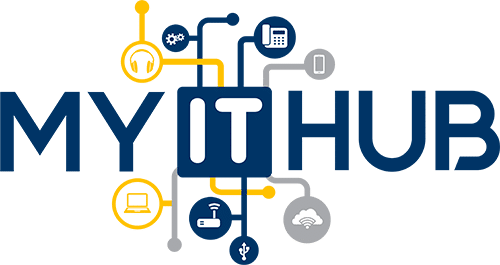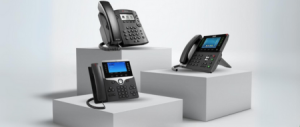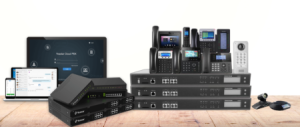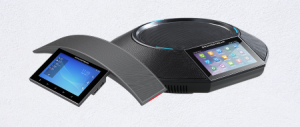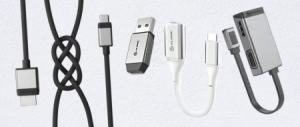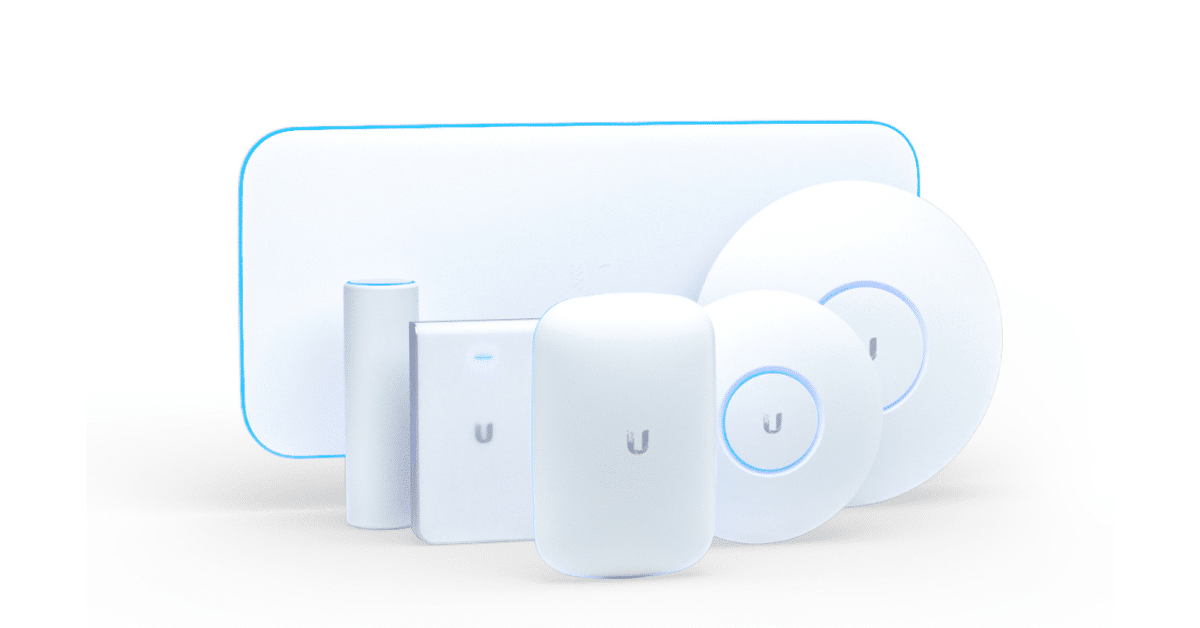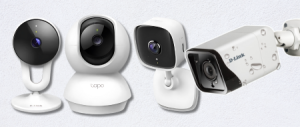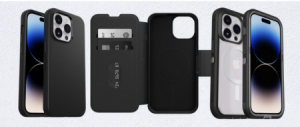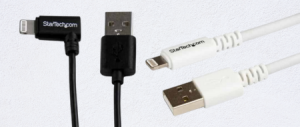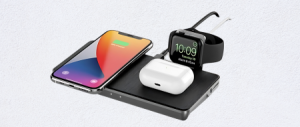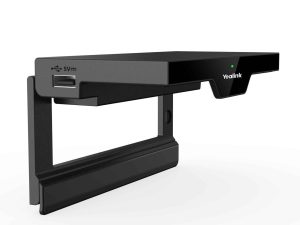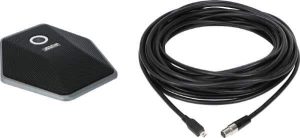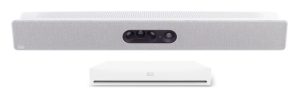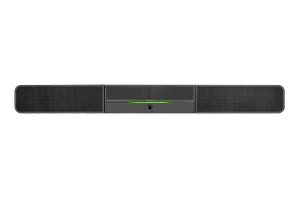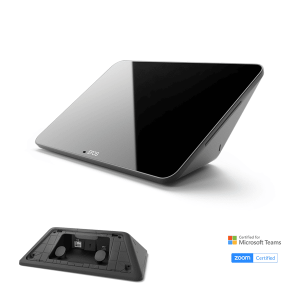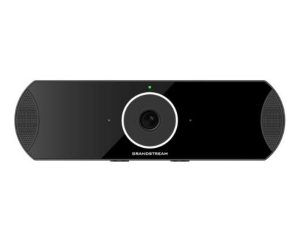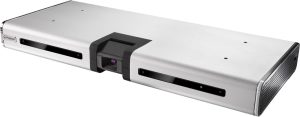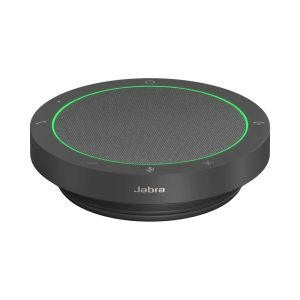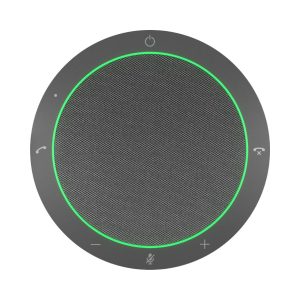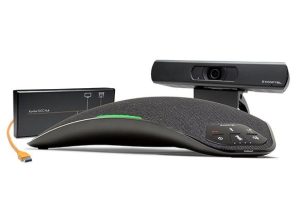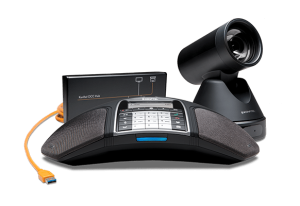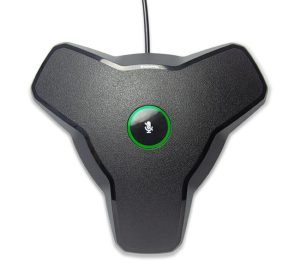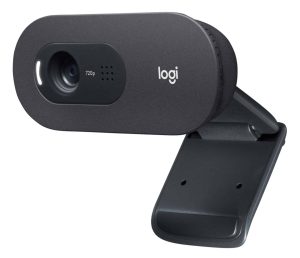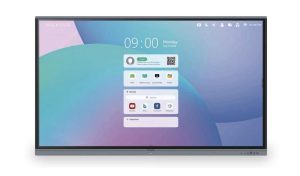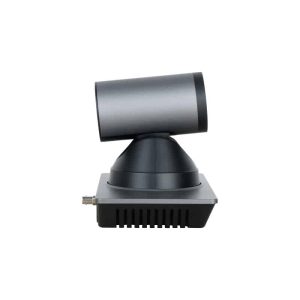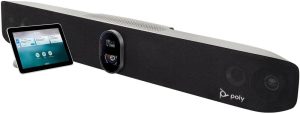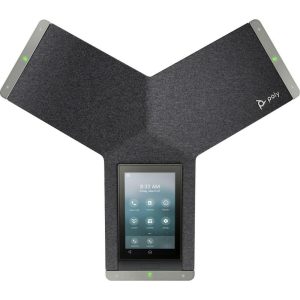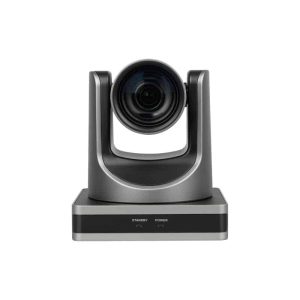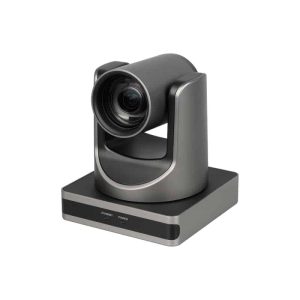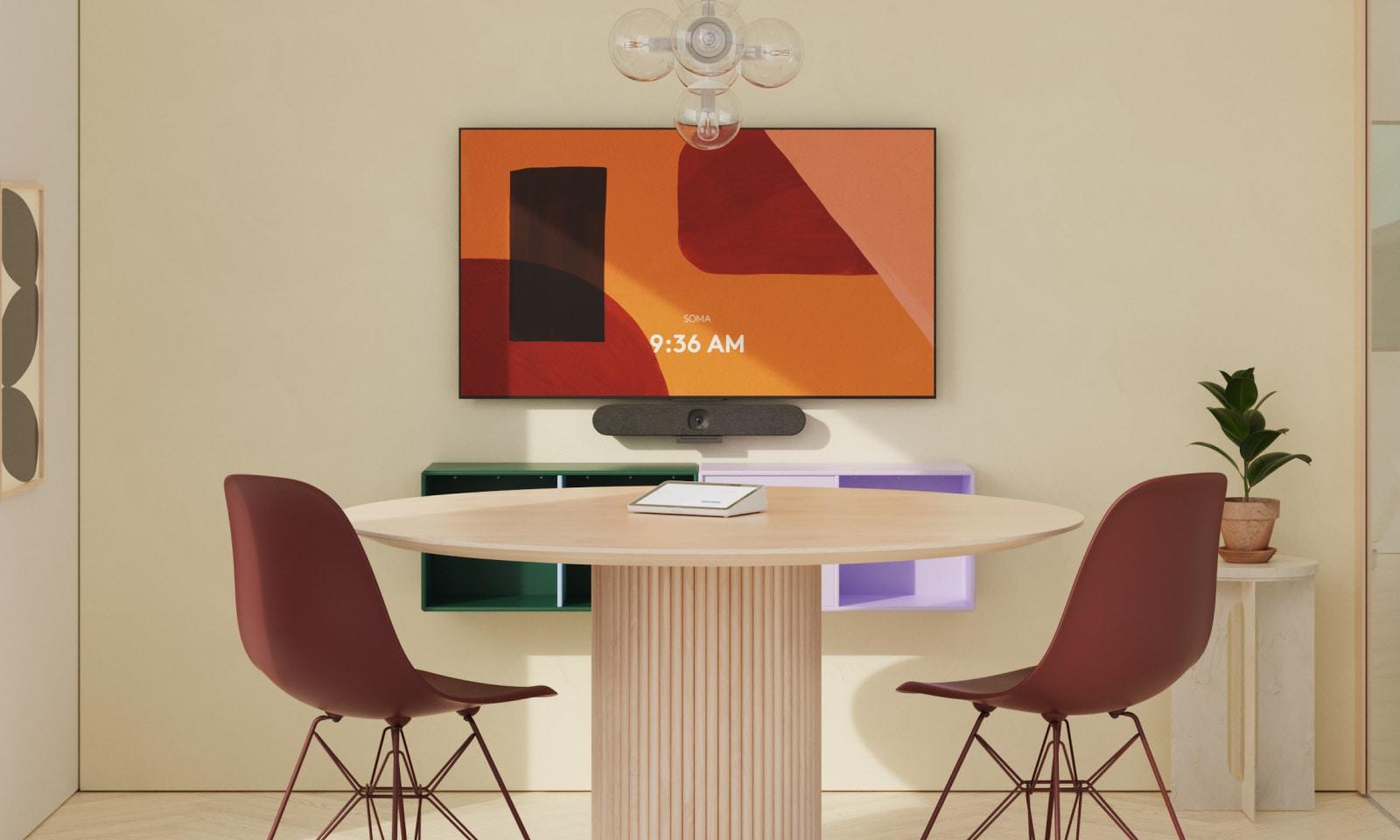Conferencing
Changes in technology have dramatically changed the way businesses communicate internally and with external sources like potential clients, suppliers, investors and more. Video conferencing innovations mean people are able to meet from anywhere in the world, share information and presentations and collaborate on projects with ease.
This has enabled even the smallest of businesses to become global, for remote and work from home employees to communicate easily with the wider organisation and for the instant relay of information to expedite business processes and functions.
There are numerous conference room solutions like displays and interactive screens that make video conferencing simple to achieve with leading brands like Jabra, Poly, EPOS, Yealink and Grandstream producing new innovations every year. And for those working remotely, at home or in the field, there are technologies like USB speakerphones, Bluetooth speakerphones and the IP conference phone range.
Numerous software packages have been released and refined to further improve the video conferencing experience as well, with options available including Microsoft Teams Meeting Solutions, Zoom Room Solutions, Teams Certified and a range of hybrid working solutions. This provides businesses with a range of benefits including:
Improved productivity
Time efficiencies
Dramatically reduced travel expenses
Better collaboration
And video conferencing provides those benefits and more without the need to coordinate face-to-face, physical meetings that can be extremely challenging and expensive - especially with team members scattered all over the state, country or even the world.
What is video conferencing?
The basic definition of video conferencing is two or more people communicating using internet-connected video display devices to carry out work functions. This can include meetings, job interviews, product demonstrations, presentations, team meetings and much more.
There are many different technologies that can be used in this process. Conference rooms can be wired up to include large, interactive display screens, microphones, speakers and more so workers in a central office location can communicate with other team members that are at home, in the field, working remotely or working at another geographic location.
Video conferencing is hosted on a central software platform like Zoom or Microsoft teams which can also be used on devices like smartphones, tablets and computers and there is a range of audio and visual technologies that can be used to enhance the experience. There are five major reasons why every modern business should be using video conferencing including:
It humanises the digital workforce: With businesses moving toward decentralised models with staff spread far and wide, technology can begin to take over. Humans need to interact with other humans and video conferencing allows for this communication and collaboration.
It creates a company culture: Technology can do a lot of things, but it cannot create a real human culture in the workplace. Even with remote workers and people located in different geographic locations, video conferencing allows businesses to create and foster their workplace culture.
Simplified management: There are numerous programs, apps, tools, storage methods and other factors that make digital workplaces complicated. Centralised collaboration hubs used for video conferencing help simplify and streamline workplace management.
Reliability: In the modern world, digital video conferencing is the fastest and easiest way to communicate with all team members no matter where they are located.
Cost savings: Today there are holistic conferencing technologies available that allow for easy audio conferencing and video conferencing. Instead of having a range of different devices (with their own costs associated with licensing, support and maintenance) businesses can roll their conferencing needs into full video conferencing solutions and achieve greater cost efficiencies.
What is Australia's most popular video conferencing platform?
There are numerous video conferencing platforms and you can even have your own platform built for your specific requirements. There are five primary platforms that Australians are using that are loaded with pretty much every function you could possibly require, including:
Cisco WebEx Business: This comes loaded with almost every feature you could want for team meetings including polls, breakouts, simple information sharing and you can also record audio from these meetings. Best of all, it is very user friendly which reduces training and onboarding time.
Intermedia AnyMeeting: This platform provides the best value for money of all the video conferencing software solutions. Anyone can pick this platform up and use it immediately and it has plenty of features, making it a preferred option for many businesses.
Zoom Meetings: Zoom rocketed to prominence in 2020 at the height of the COVID-19 pandemic and continues to be a key player today. Its greatest strength is the ability to host large audiences, for when you need to present pitches or webinars to a wide audience.
Google Meet: One of the major benefits of this platform is the way it seamlessly integrates with the Google suite of cloud-based office products. If you are primarily using Google (including Gmail, Google Docs, Google Drive etc) then it makes sense to use Google Meet. To gain access to the best features and functions you will need to subscribe to Google Workspace.
Microsoft Teams: When you are looking to reduce the number of systems, apps and platforms your business uses, Teams is a fantastic choice. It links to all Microsoft Office products, you can store files, chat with individuals or groups and a host of other features. It is more of an all-in-one office tool than a dedicated video conferencing platform, but the video conferencing capabilities will not let you down.
What is a Telecom meeting?
This is another name for a video conferencing meeting, short for a telecommunications meeting. Teleconferencing can also be used as an alternative term for audio or phone conferences.
What is a conferencing system?
These are room-based solutions (usually housed in a conference room) that enable you to host video conferences. A simple setup can include a central computer that hosts the videoconference that can be connected to multiple cameras, microphones and speakers. This computer can also output the signal to a large display that can be used as a digital whiteboard.
People in the office can take part in the video conference in this room while remote workers can access the meeting using a computer, phone or tablet.
What is Zoom Room Conferencing Solution?
When you are looking for hybrid working solutions, Zoom Rooms are dedicated video conferencing rooms that have been designed to allow remote workforces to collaborate and work together on projects in real-time. These Zoom Rooms use artificial intelligence (AI) to improve the conferencing experience including enhancing the view of multiple people in a room for a better face-to-face experience.
Instead of trying to get a range of technologies to talk to each other, Zoom Room provides all of the hardware and software for complete video conferencing capabilities with all of the latest innovations and features.
What is a Teams certified device?
While most USB peripherals like headsets, speakers, webcams etc will be compatible with most video conferencing platforms, there can be exceptions. Microsoft Teams certified devices are plug-and-play with the platform and will require no setup or configuration. If you are using teams, using these certified devices is a good idea to ensure there are no issues with your meetings.
What are the different types of conferencing devices?
There are many different devices that can be used in video conferencing, but these are the five fundamental things you will need:
1). A display. This can include a monitor, television or a more advanced display like an interactive touch screen or a digital whiteboard.
2). At least one microphone and camera. These can include built-in devices on a laptop or smartphone or dedicated devices for higher quality
3). Speakers. These can be anything from built-in speakers, dedicated audio systems, VoIP phones, Bluetooth speakers and more
4). A reliable, high-speed internet connection
5). The video conferencing platform software
You can also get dedicated all-in-one solutions for your conference room to simplify video conferencing, which provide many benefits for businesses of all sizes.
